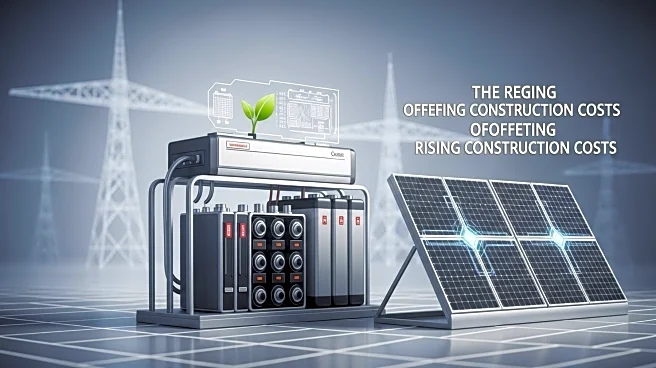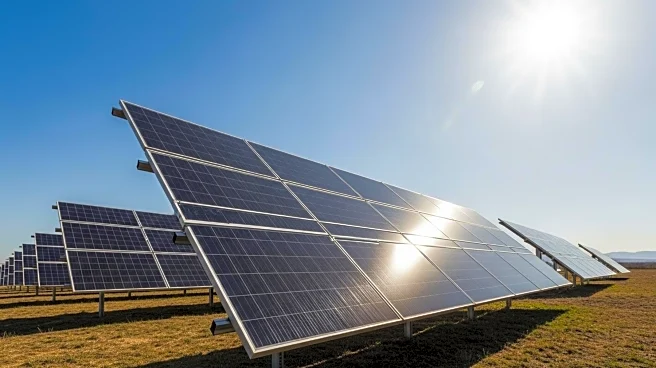What's Happening?
Utilities across the United States are preparing for a significant increase in large loads, including AI data centers, which could boost peak demand by 20% within the next decade. According to a report by Wood Mackenzie, investor-owned utilities have committed to 147 GW of high-probability load, which is expected to come online by 2035. This includes 17 GW currently under construction and 99 GW committed, representing 15.5% of current U.S. peak demand. The report highlights a shift towards large load development in deregulated markets, particularly in the Electric Reliability Council of Texas area.
Why It's Important?
The anticipated increase in large loads poses challenges and opportunities for the U.S. electric grid. The growth is driven by data centers, industrial expansion, and electrification, which could double the electricity consumption by data centers by 2030. This surge in demand may strain existing infrastructure and necessitate significant investments in grid capacity and reliability. Deregulated markets face risks of inadequate supply and potential price increases, prompting interventions by Texas and PJM. The development could impact energy policy, market dynamics, and consumer costs.
What's Next?
Utilities are expected to continue planning and constructing new capacity to meet the rising demand. Market interventions may increase to ensure adequate supply and stabilize prices in deregulated areas. Stakeholders, including government agencies and energy companies, will likely focus on enhancing grid infrastructure and exploring sustainable energy solutions to accommodate the growing loads.












